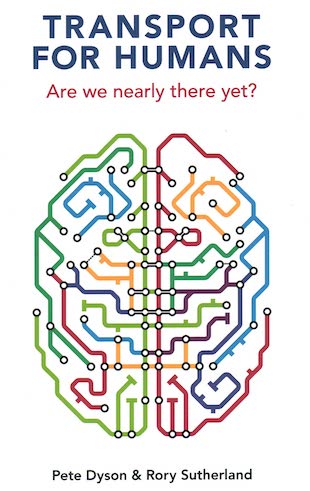
How to quickly bring certainty once a flight is cancelled
A few weeks ago I was sitting on an aircraft at the gate for an evening flight when the captain came out of the cockpit and announced that, due to weather at the destination, it was cancelled and we would all have to disembark.
Having had this happen from time to time in my decades of air travel, typically it would take the airline an hour or two to work out hotel rooms for the night for one hundred and fifty or more passengers, plus move us onto flights the next day. When you have just had your flight home cancelled late in the evening, that waiting and that uncertainty is not fun.
To me, gaining certainty has value in such a situation, so I didn’t wait for the airline to work out what to do with us on replacement flights the next day as well as hotels for the night, I jumped on my phone and booked new flights and an airport hotel within minutes. Given how rarely this happens over time, I’d always rather just do it myself and then claim back the expenses later.
Making waiting easier
Two contrasting approaches at airports when waiting to get out of the airport after landing, one makes waiting harder, the other makes waiting easier
First, having flown into several international airports in Canada, often one finds the immigration lines are long indeed. They are very efficient, but the sheer numbers allied to the thoroughness of the immigration process means you can easily wait 45 minutes to an hour or more. However, all teh way along the “snake” of the immigration queue there are signs telling you how to log onto the free airport wifi and encouraging you to do so. Waiting is far easier when you have just got off a flight and can then “log on”.
In contrast, when you land in Cayman you are not allowed to use your phone at all in immigration or baggage claim. This is rigorously enforced, particularly in the baggage claim area (note, this may have changed in the last year since I was last home in Cayman, but it was the case for a number of years). This makes the waiting that little bit harder, as (among other things) you can’t message your family to let them know you have arrived so they can head to the airport to meet you 😉
Transport for Humans
Rory Sutherland and Pete Dyson have written a highly entertaining (and thought-provoking) book called Transport for Humans, which seeks to understand the behaviours and needs of travellers and suggest ways to apply behavioural science to improve the travel experience at far lower cost than multi-billion dollar infrastructure investments.
One simple example is the platform indicators on the London Underground, which tell you when the next train is due to arrive. These were put in place around 25 years ago, so before that you would walk onto the platform, perhaps seeing the last train just depart down the tunnel, and you would have no idea how long until the next one arrived. Now you can just look up and see.
I am reminded of how valuable such systems are to bring certainty to your waiting time when I find myself at a bus stop that does not have such a system, where I may have no idea how long until the next bus.
Medical Diagnosis, Prognosis and Planning
As regular readers know, I had a major health journey this year. It started with a diagnosis, then moved (after further tests) to a Prognosis, then to Planning for surgery and further treatment, and then to taking action to that plan. I was very fortunate in that this all happened fast. It was only four weeks from my diagnosis to my surgery.
Even so, within that, the toughest period was when there was uncertainty. First, there was the week between the diagnosis and being given a date for meeting the surgeon to get the prognosis and then the plan. When I got that date, I could then “park” any worry for the week or so until that meeting. At that meeting we got the prognosis (which was a tough one, but, given the diagnosis, the “least bad” scenario, so had me oddly buoyant to receive that news!). At the same meeting, I was given the date for surgery (two weeks later) so again I could “park” any worries. The uncertainty at that point was simply around how the surgery would go, then the surgical recovery (all of which was “routine” though tough).
I was very fortunate, but so many others are not. My diagnosis and prognosis were clear and simple, requiring major (but routine) surgery, followed up with chemotherapy. Others have far less clear diagnostics, prognosis and planning paths, allied to which resourcing and other constraints can mean delays of months or even years between diagnosis and completion of medical treatment.
My encouragement to all of us (including medical professionals) then, is always to try to give as much certainty as you can to people. However, where you can’t give that at any moment, consider what you can do to make waiting easier.
